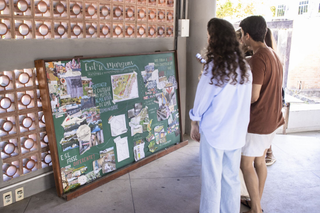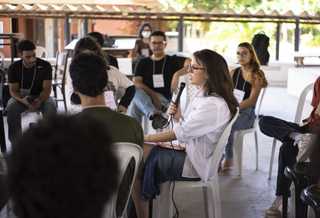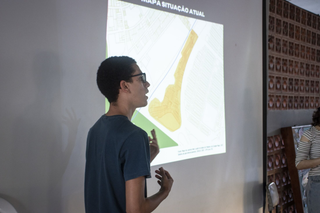
Working to accelerate nature-based infrastructure

The Global Green-Gray Community of Practice brings together designers, engineers, policymakers, funders, and communities to advance infrastructure that integrates traditional "gray" solutions with green, nature-based approaches — building more sustainable and resilient systems for people and nature.
Join us for our next webinar!
From problems...
Green-gray infrastructure solutions have been developed but still remain largely underutilized by engineers and practitioners worldwide. By embracing these innovative solutions, understanding their impact, and scaling their implementation we can help reverse biodiversity loss and confront climate challenges head-on.
To progress
The Global Green-Gray Community is an international group and online hub that connects people and projects to:
- Innovate green-gray approaches to redefine infrastructure as a driver of restoration and resilience.
- Advance science, engineering, and policy efforts.
- Increase awareness of green-gray infrastructure’s applications across geographies and settings.
- Grow a community to drive adoption and unlock access to finances for these projects.
Our active community
5 key barriers limiting the widespread adoption and upscaling of green-gray infrastructure:
Limited technical knowledge. Lack of awareness. Policy gaps. Challenges in financing. Cultural resistance.
Our community is actively working to break these barriers together, in the field and on the ground.
Want to learn more? Connect with us on LinkedIn.
Tools and guidance
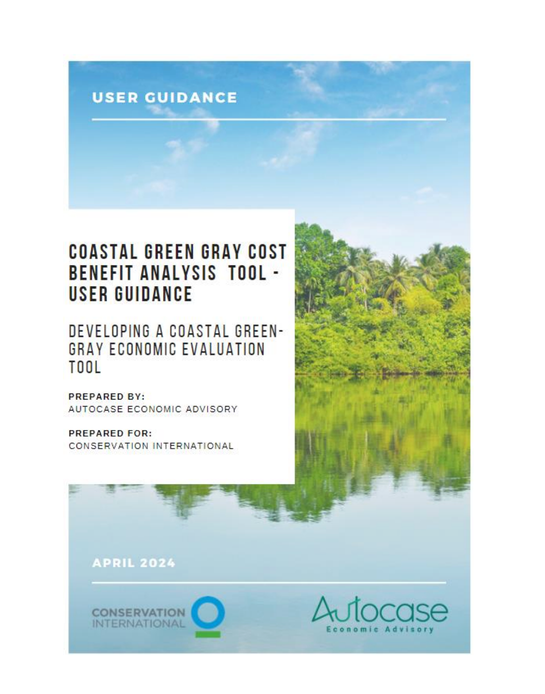
Coastal green-gray cost-benefit analysis tool
Conservation International developed a coastal Green-Gray Cost-Benefit Analysis (CBA) Tool to illuminate the business case for green-gray infrastructure and address key knowledge and data gaps that inhibit widespread adoption of these solutions, with initial focus on Mexico, Brazil, Guyana and Suriname.
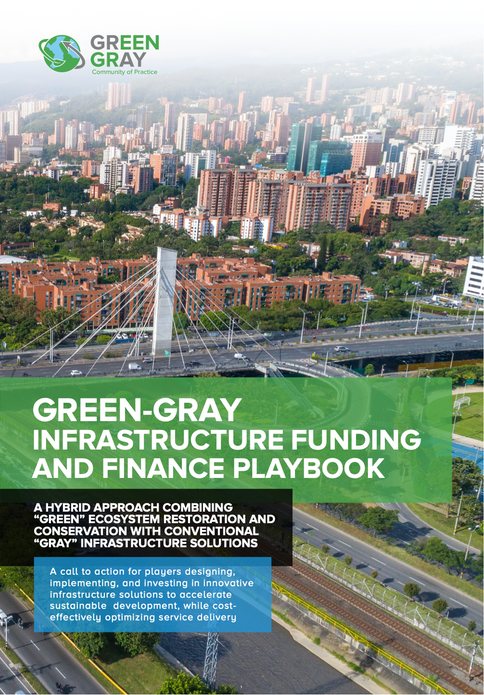
Green-gray infrastructure playbook
The Playbook defines the roles, responsibilities, and replicable funding and financing models required to develop green-gray infrastructure at scale — and win the game.
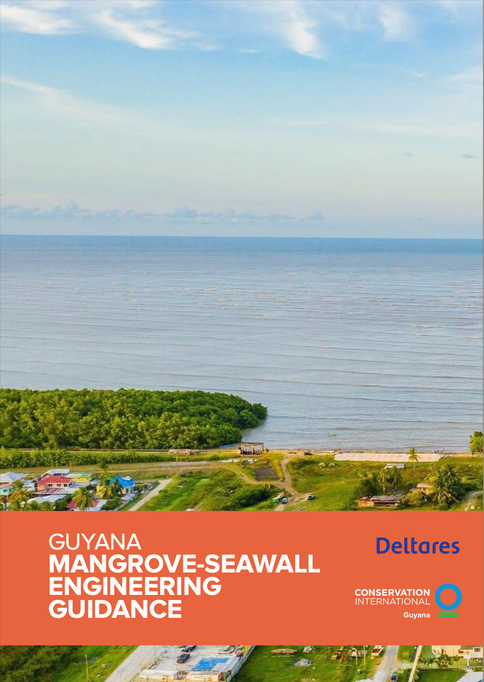
Green-gray infrastructure engineering guidance
This work contains recommendations for practical engineering guidelines for the assessment, development and implementation of green-gray infrastructure along Guyana's cost. In addition, it serves as a technical resources document providing the theoretical background for the guidelines.
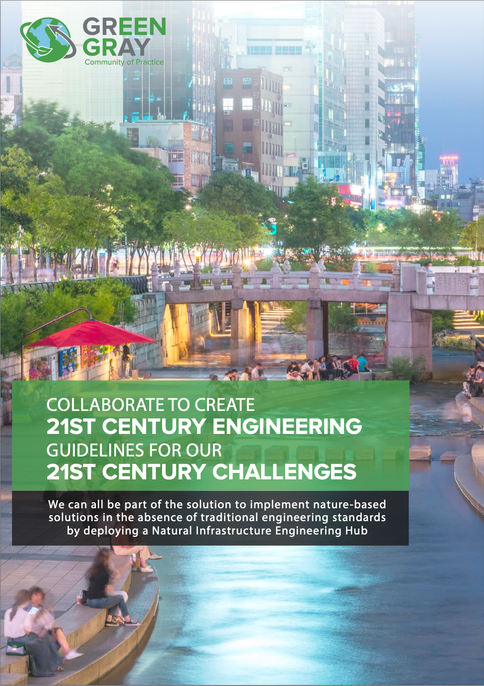
Engineering guidelines for the 21st century
This paper proposes a path forward by colloborating across disciplines and geographies to design a modern data sharing platform for users to input technical knowledge and data about nature-based solutions projects.
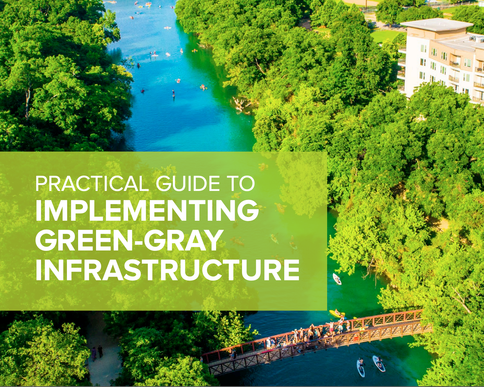
New living report from the Community of Practice
A tool for identifying, funding, planning, designing, constructing, and monitoring green-gray infrastructure projects to increase the resilience of vulnerable cities, communities, and assets around the world.
WEBINAR: Innovative Financing for Nature Based Solutions: RISCO
Our members include
- Advanced Science Research Center, CUNY
- AECOM
- AGWA
- AlphaBeta
- Autocase
- Bechtel
- Caterpillar Foundation
- Center for Sea Rise Solutions
- Coral Reef Alliance
- Nicholas Institute for Energy, Environment & Sustainability, Duke University
- Earth Security Group
- Eco-Care
- FEBA
- Fieldhouse Sustainability
- Global Ocean Trust
- Great Lakes Dredge & Dock Company, LLC
- ICSI
- IUCN
- The Natural Infrastructure Initiative
- RARE
- ReShore
- Save Our Mangroves Now!
- Silvestrum Climate Associates
- Swiss Re
- Technological Institute of the Philippines
- Melbourne School of Design, The University of Melbourne
- World Resources Institute
- Zofnass Program for Sustainable Infrastructure

